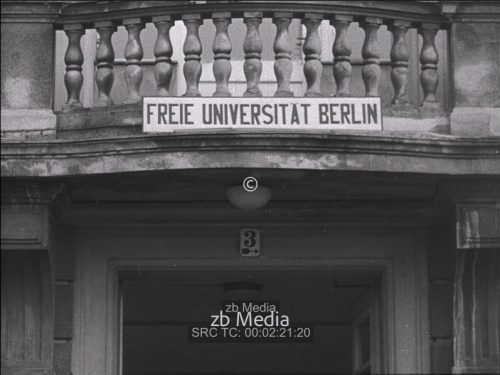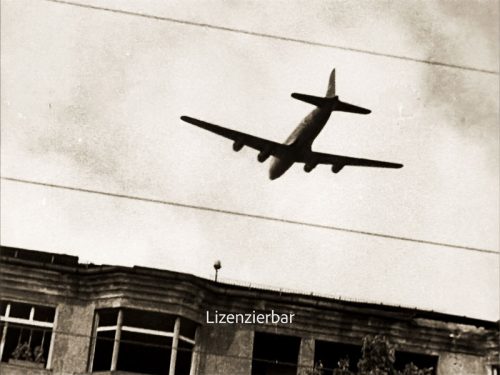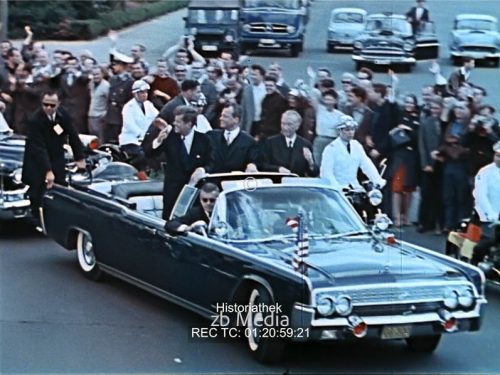Launch of Yuri Gagarin’s space flight in 1961. 12 April 1961 marked a great moment in human history – the first human space flight. Cosmonaut Yuri Gagarin lifts off from the Baikonour Cosmodrome at 9.00 a.m. and lands near Engels on the Volga after a complete orbit of the Earth. This film clip shows the take-off and the course of the flight. The film is 2:50 long and a licence fee of 6 x 30 seconds is charged to purchase a licence for the complete film.
The flight of Juri Gagarin – take off and flight from zb Media Filmproduktion on Vimeo.






